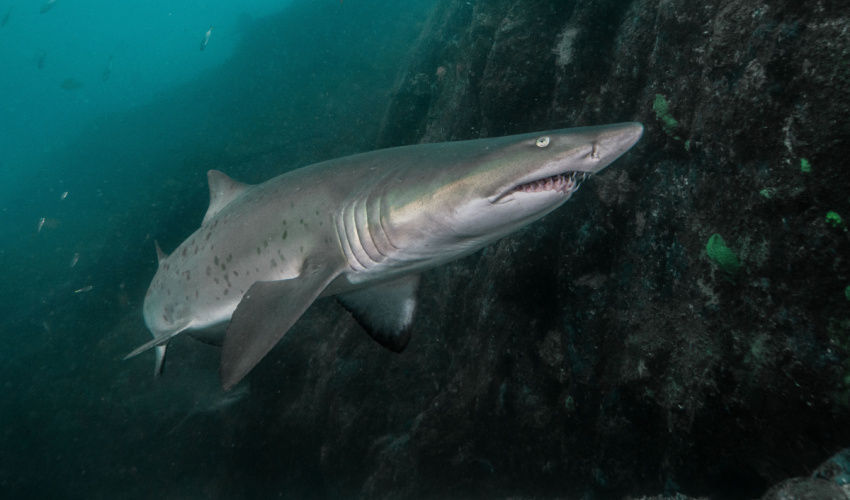The International Union for the Conservation of Nature (IUCN) has published its latest update on the conservation statuses of the world’s species. Of the 138,374 species assessed on the Red List of Threatened Species, 28% are now close to going extinct, with 902 already having vanished forever.
Of the threatened species, 8,404 are Critically Endangered, 14,647 are Endangered, 15,492 are Vulnerable and 8,127 are Near Threatened. The findings were announced at the World Conservation Congress in Marseilles, France on September 4.
Among the updates, the most notable changes were to be found in the marine environment. Comprehensive studies of the world’s shark and ray species have found that 37% of species are now threatened with extinction

The IUCN Red List
Global figures for the 2021-2 IUCN Red List of Threatened Species:
TOTAL SPECIES ASSESSED = 138,374 (Total threatened species = 38,543) Extinct = 902 Extinct in the Wild = 80 Critically Endangered = 8,404 Endangered = 14,647 Vulnerable = 15,492 Near Threatened = 8,127 Lower Risk/conservation dependent = 170 (this is an old category that is gradually being phased out of The IUCN Red List) Least Concern = 71,148 Data Deficient = 19,404
The figures presented above are only for those species that have been assessed for The IUCN Red List to date. Although not all of the world’s species have been assessed, The IUCN Red List provides a useful snapshot of what is happening to species today and highlights the urgent need for conservation action. Relative percentages for threatened species cannot be provided for many taxonomic groups on The IUCN Red List because they have not been comprehensively assessed. For many of these groups, assessment efforts have focused on threatened species; therefore, the percentage of threatened species for these groups would be heavily biased.
For those groups that have been comprehensively assessed, the percentage of threatened species can be calculated, but the actual number of threatened species is often uncertain because it is not known whether Data Deficient (DD) species are actually threatened or not. Therefore, the percentages presented above provide the best estimate of extinction risk for those groups that have been comprehensively assessed (excluding Extinct species), based on the assumption that Data Deficient species are equally threatened as data sufficient species. In other words, this is a mid-point figure within a range from x% threatened species (if all DD species are not threatened) to y% threatened species (if all DD species are threatened). Available evidence indicates that this is a best estimate.
The IUCN Red List threat categories are as follows, in descending order of threat:
Extinct or Extinct in the Wild Critically Endangered, Endangered and Vulnerable: species threatened with global extinction. Near Threatened: species close to the threatened thresholds or that would be threatened without ongoing conservation measures. Least Concern: species evaluated with a lower risk of extinction. Data Deficient: no assessment because of insufficient data. Critically Endangered (Possibly Extinct) or Critically Endangered (Possibly Extinct in the Wild): these are not IUCN Red List Categories, but are tags developed to identify those Critically Endangered species that are in all probability already extinct but for which confirmation is required; for example, through more extensive surveys being carried out and failing to find any individuals.

Comments